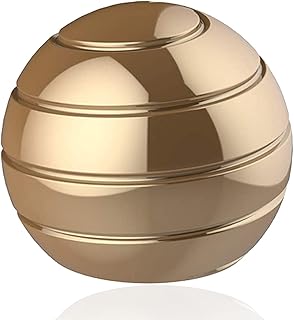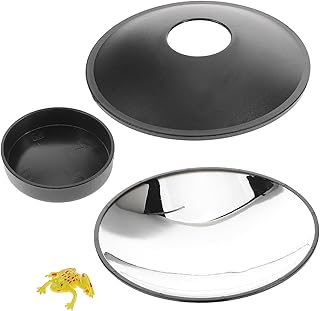A classic sensory illusion, often used by amateur magicians, has found a new purpose in scientific research. This illusion involves using a mirror to trick the brain into perceiving a reflection as the hidden hand. Recently, researchers have taken this concept further by rotating one of the hands to investigate how muscle tension contributes to our mental representation of our body.
The mirror box illusion, first introduced by Princeton researchers in the late 1990s, has become a valuable tool for studying proprioception – our sense of body position. By placing one hand behind a mirror and manipulating the visible hand, researchers can observe how the brain processes visual and tactile information to construct a mental map of the body.
University of Delaware scientist Jared Medina and doctoral student Yuqi Liu conducted experiments using the mirror box illusion to explore how the brain integrates visual and proprioceptive cues to perceive hand movements. Their study involved volunteers performing tasks with hands in differing positions, leading to surprising sensations that challenged the brain’s interpretation of body movements.
Previous research on similar illusions has shown that discrepancies between visual and proprioceptive feedback can disrupt the brain’s perception. However, in this study, participants experienced a unique sensation when their hands were positioned in a way that aligned with both visual and proprioceptive signals, highlighting the brain’s ability to reconcile conflicting information.
Through a series of experiments with 24 volunteers, researchers observed how variations in hand positioning behind the mirror influenced the brain’s ability to maintain the illusion. The mechanical constraints imposed on hand movements provided crucial feedback that influenced the brain’s interpretation of the sensory inputs.
Participants reported feeling as though their hand had flipped, despite no physical movement, when the mirror box setup created conditions where visual and proprioceptive cues aligned. This phenomenon underscored the brain’s capacity to prioritize tactile feedback over visual input in certain contexts, shedding light on the complex interplay between sensory signals in body perception.
By delving into the mechanisms underlying the mirror box illusion, researchers are gaining insights into how the brain constructs a coherent representation of the body’s boundaries and movements. This research not only enhances our understanding of proprioception but also offers potential applications in therapeutic settings, particularly for individuals with phantom limb pain.
Overall, the study’s findings contribute to a broader comprehension of how the brain processes sensory information to create a unified sense of self-awareness and body positioning in space and time. As scientists continue to unravel the mysteries of body mapping, the fusion of magic tricks and neuroscience opens new avenues for exploring the intricate workings of the human mind.
📰 Related Articles
- Optical Illusion Reveals Insights into Brain’s Cognitive Preferences
- Kanoria Centre Unveils Urmila Kailash Black Box Theatre
- Brunel Body Care Unveils Wellness-Focused Skincare Line with Mood-Enhancing Oils
- runDisney Unveils Magical Finisher Medals for 2025 Marathon Weekend
- ofi Unveils Sustainable Coffee Facility in Brazil, Driving Innovation






